Introduction
In the vast culinary landscape of traditional Chinese cuisine, steamed buns, or “mantou” in Mandarin, occupy a unique and beloved position. These soft, fluffy pillows of dough are not only a staple food but also a canvas for countless variations and flavors. While traditional mantou are made with wheat flour, modern culinary exploration has led to innovative adaptations, one of which is using sweet potato flour. Sweet potato flour, derived from the root of the sweet potato plant, adds a natural sweetness and a subtle nutty flavor to the buns, making them not only nutritious but also delightfully different.
In this article, we will delve into the step-by-step process of making steamed buns with sweet potato flour. From preparing the ingredients to shaping and steaming the buns, we will cover every detail to ensure you can recreate this delightful treat at home. Whether you’re a seasoned baker or a novice in the kitchen, this guide promises to be both informative and enjoyable.
Ingredients
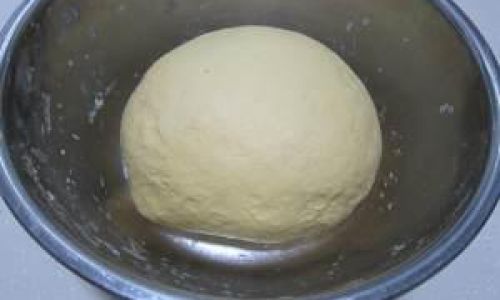
Before we begin, let’s list down the ingredients you’ll need:
- Sweet Potato Flour: 200 grams (approx. 7 ounces)
- All-Purpose Flour (for texture and binding): 100 grams (approx. 3.5 ounces)
- Active Dry Yeast: 7 grams (approx. 0.25 ounces), or one 0.25-ounce packet
- Warm Water: 150-170 milliliters (approx. 5-6 ounces), depending on the absorption of the flour
- Granulated Sugar: 20 grams (approx. 0.7 ounces), to activate the yeast and add sweetness
- Neutral Oil (such as vegetable or canola oil): 10 milliliters (approx. 0.35 ounces), for a smoother dough
- Salt: A pinch, to enhance flavor
- Baking Powder (optional, for extra fluffiness): 1/2 teaspoon
Equipment
- Mixing bowls
- Measuring cups and spoons
- Dough hook or wooden spoon for mixing
- Clean kitchen towel or plastic wrap
- Steamer or a pot with a steaming rack
- Bamboo or metal steamer baskets (optional but recommended for even steaming)
- Parchment paper or silicone mats (to prevent sticking)
Step-by-Step Instructions
Activate the Yeast
Begin by activating the yeast. In a small bowl, combine the warm water (ensure it’s not too hot, as this can kill the yeast) with the granulated sugar and a pinch of salt. Stir until the sugar is dissolved. Sprinkle the active dry yeast over the water and let it sit for about 5-10 minutes until frothy and bubbly. This indicates that the yeast is active and ready to use.
Prepare the Dry Ingredients
In a large mixing bowl, whisk together the sweet potato flour, all-purpose flour, and baking powder (if using). The combination of these flours provides the perfect balance of flavor, texture, and structure for your buns.
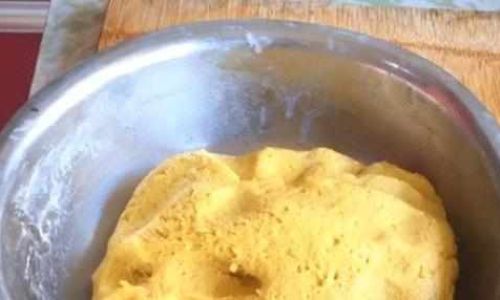
Combine Wet and Dry Ingredients
Make a well in the center of the dry ingredients and pour in the activated yeast mixture and neutral oil. Using a dough hook or a wooden spoon, gradually mix the wet ingredients into the dry until a shaggy dough forms. If the dough seems too dry, add a little more warm water, a teaspoon at a time, until it comes together. Conversely, if it’s too sticky, sprinkle in a bit more flour.
Knead the Dough
Transfer the dough to a lightly floured surface and knead for about 8-10 minutes until it becomes smooth and elastic. Kneading helps develop the gluten in the dough, which is crucial for achieving a soft, fluffy texture in your steamed buns. If the dough sticks to your hands or the surface, dust with a little more flour as needed.
First Rise
Place the kneaded dough in a lightly oiled mixing bowl, cover it with a clean kitchen towel or plastic wrap, and let it rise in a warm, draft-free place for about 1-1.5 hours, or until it has doubled in size. This step allows the yeast to do its work, creating air pockets that will make your buns fluffy.
Shape the Buns
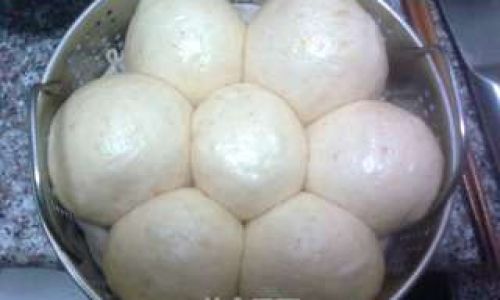
Once the dough has risen, punch it down to release any air bubbles. Transfer it to a lightly floured surface and divide it into equal portions, typically around 8-10 pieces for standard-sized buns. Shape each portion into a smooth ball by cupping your hands around it and gently rotating it on the surface. Place the shaped buns on a parchment-lined tray, spacing them apart to allow for further expansion.
Second Rise
Cover the shaped buns with a clean kitchen towel or plastic wrap and let them rise again for about 30-45 minutes, or until they have puffed up slightly and feel light to the touch. This second rise is crucial for achieving the desired softness and fluffiness.
Prepare the Steamer
While the buns are undergoing their second rise, prepare your steamer. Fill the bottom with enough water to reach just below the steaming rack. Bring the water to a boil over medium-high heat. If using bamboo steamer baskets, line them with parchment paper or silicone mats to prevent sticking.
Steam the Buns
Carefully place the risen buns in the steamer baskets, spacing them apart to avoid them sticking together. Cover the steamer and reduce the heat to medium. Steam the buns for about 12-15 minutes, or until they are cooked through and have a slight bounce when touched. Avoid opening the steamer lid frequently, as this can cause the buns to collapse.
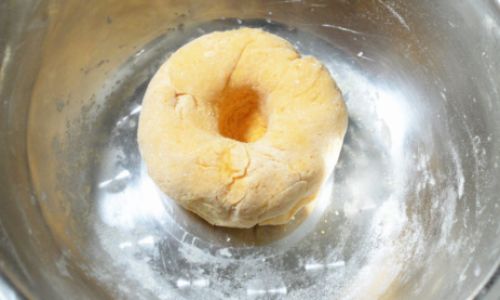
Cool and Serve
Once steamed, remove the buns from the steamer and let them cool slightly on a wire rack. This helps them set and prevents them from becoming soggy. Serve the steamed buns warm, plain, or with your favorite fillings such as red bean paste, savory meats, or vegetables.
Conclusion
Making steamed buns with sweet potato flour is a rewarding culinary endeavor that combines the comfort of tradition with the excitement of innovation. The natural sweetness and nutty aroma of sweet potato flour elevate these buns to a new level of deliciousness. By following the steps outlined in this guide, you can enjoy soft, fluffy, and nutritious steamed buns that are perfect for breakfast, snacks, or even as part of a larger meal.
Remember, baking is an art that thrives on patience and practice. Don’t be discouraged if your first attempt doesn’t meet your expectations. With each batch, you’ll learn more about your ingredients, your equipment, and your own unique style. Happy baking, and enjoy your delicious sweet potato flour steamed buns!
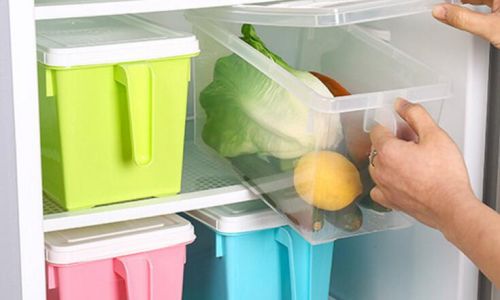


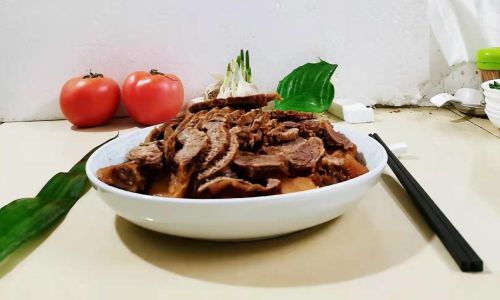
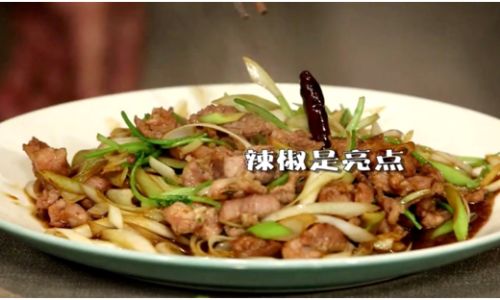

0 comments